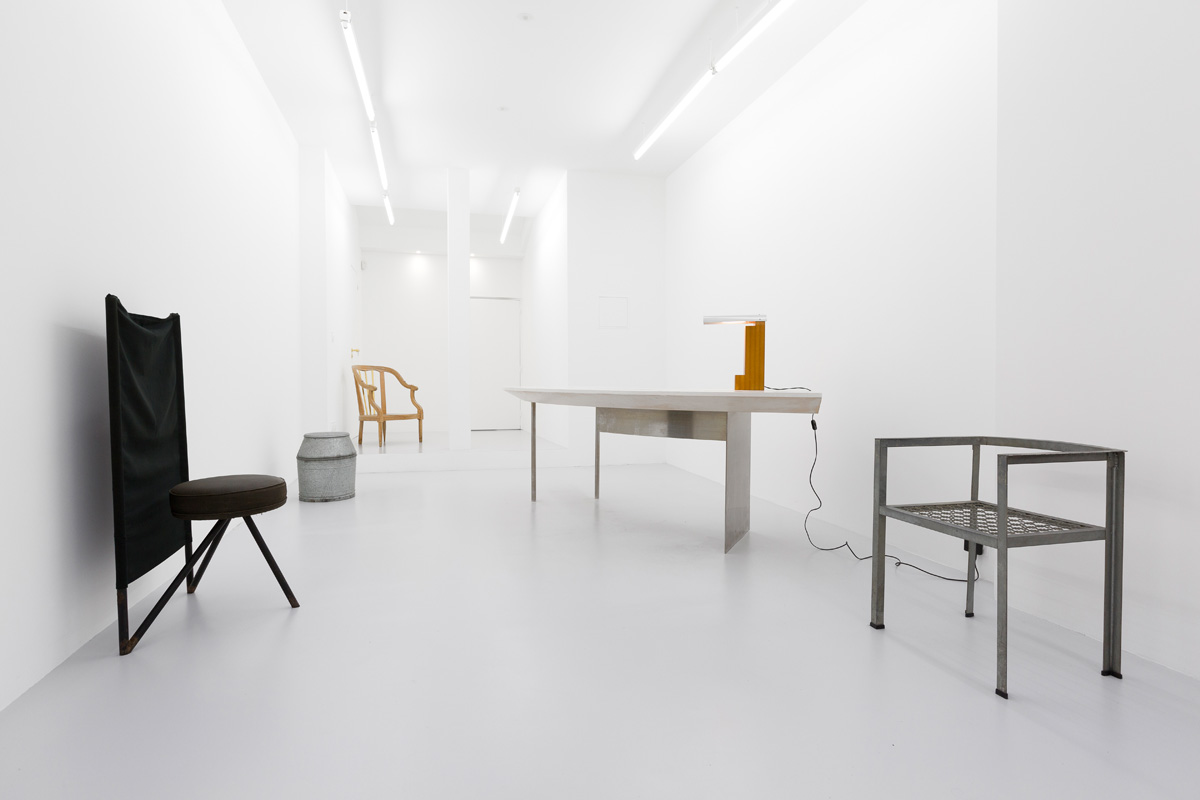

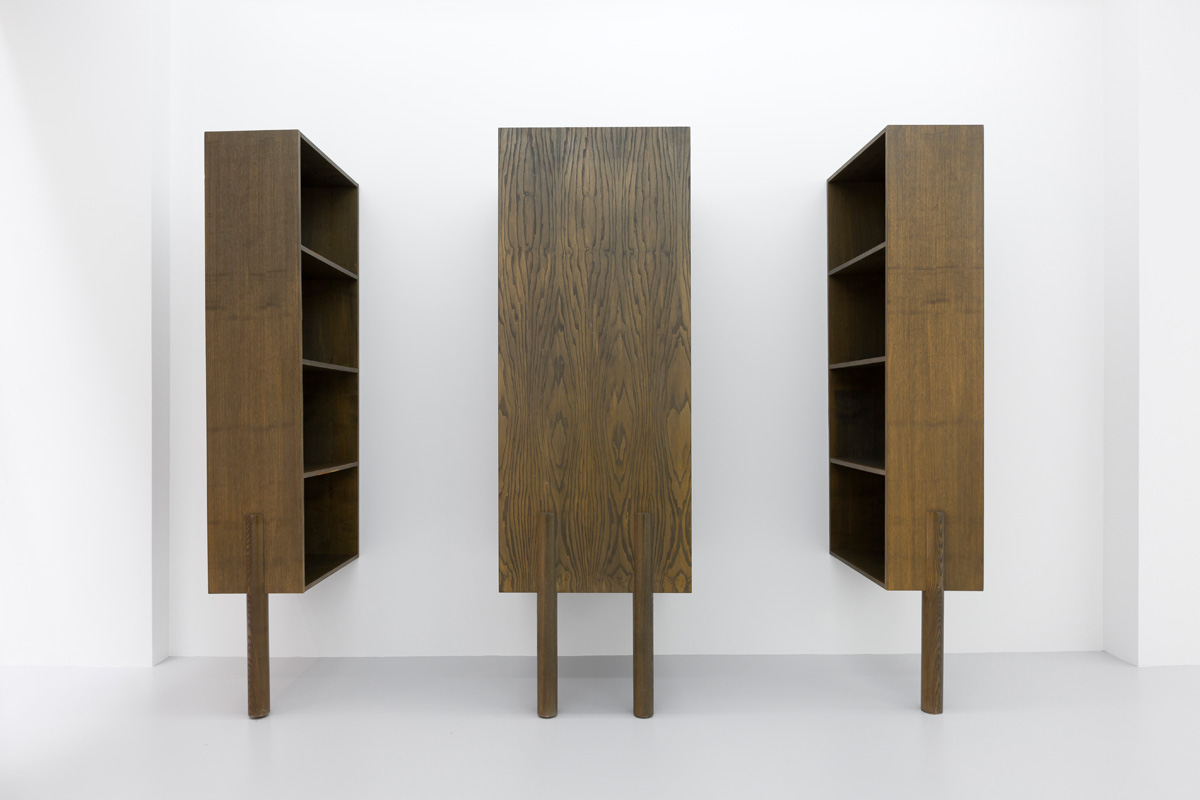
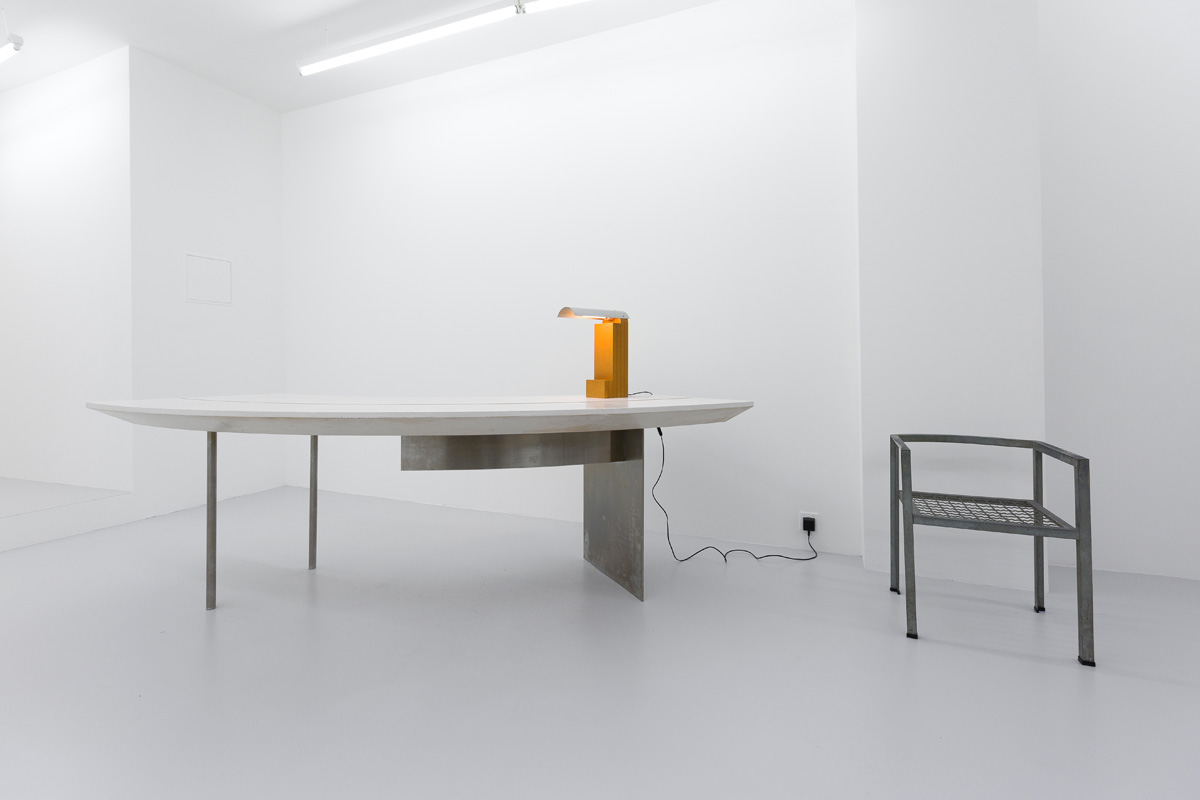
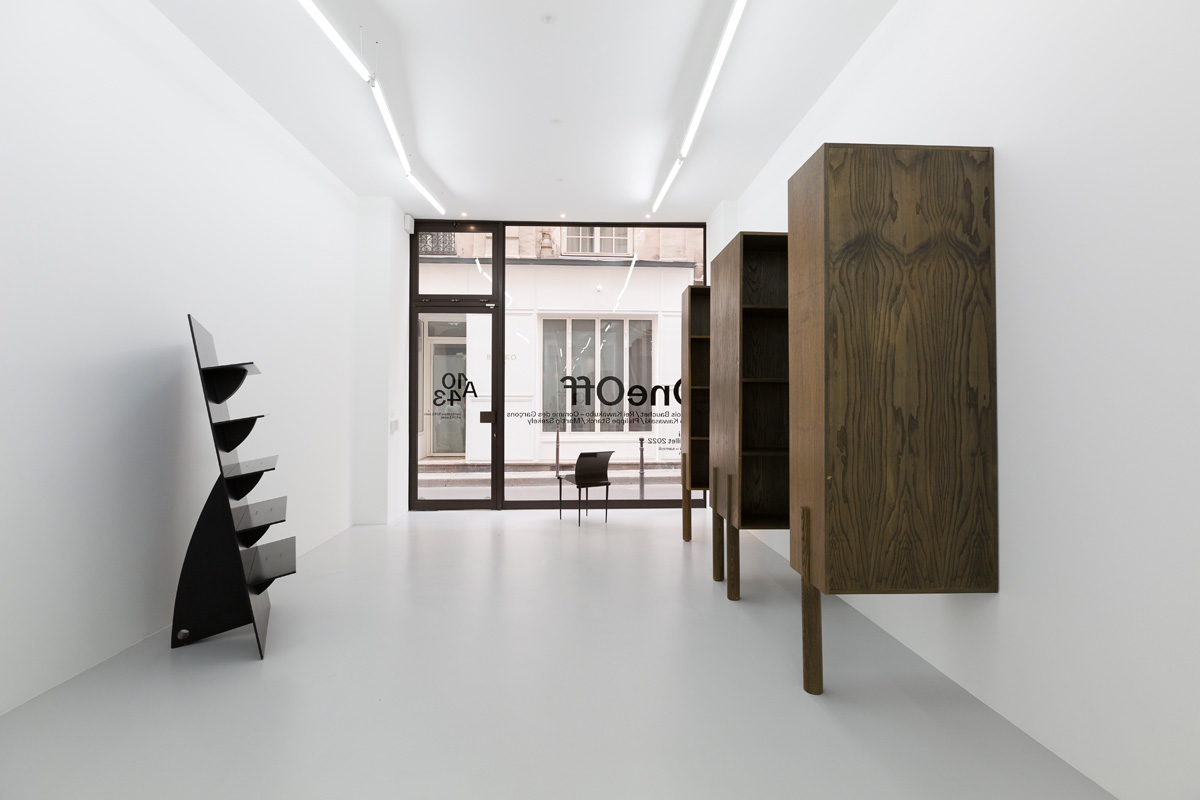
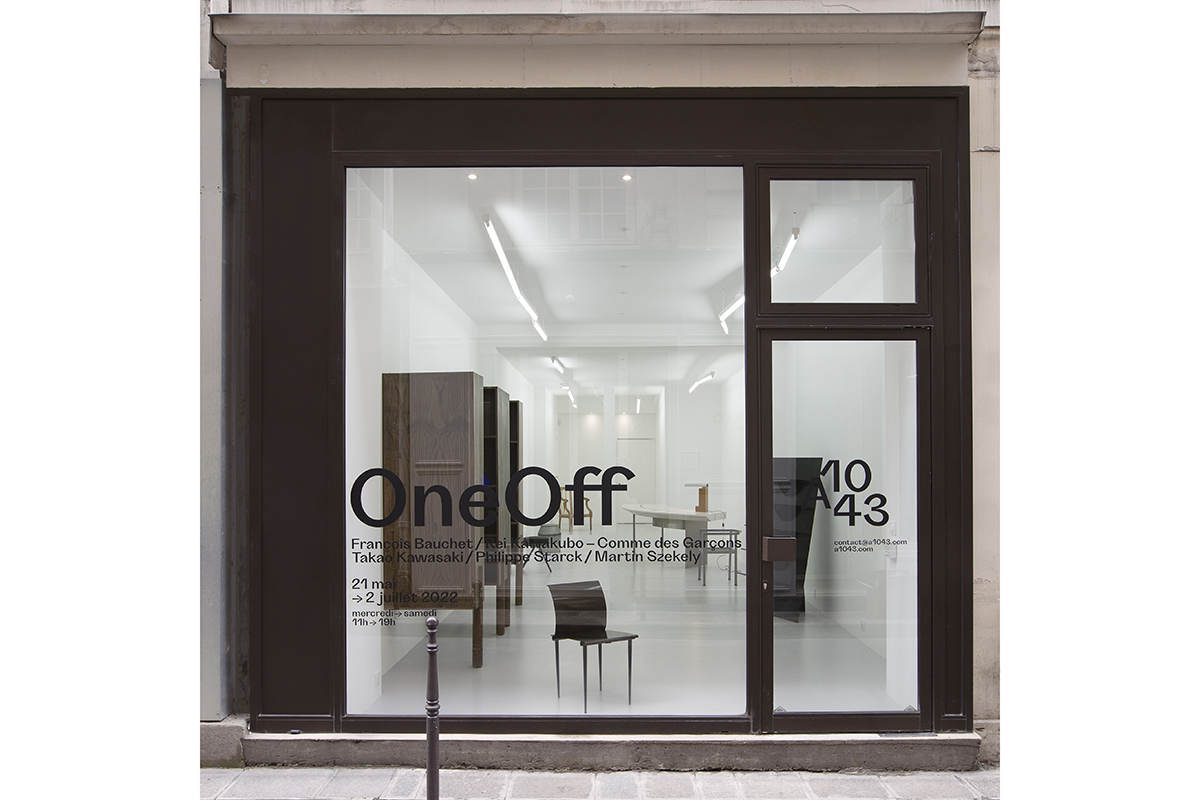
OneOff
François Bauchet, Rei Kawakubo / Comme des Garçons, Takao Kawasaki, Philippe Starck, Martin Szekely
April 28th
︎︎︎ June 4th, 2022
We closed our space on rue de Montmorency at the end of December 2021. We had known for a while that we would be leaving this location. The end of April came around quickly after the end of year celebrations, the start of the spring school term in January 2022, February spent on the road, the late signing of a contract and work that took longer than expected. On 28/30th April we finally opened our new space. It is a bit smaller than the previous one, but it is a single volume. A minor change, but of significance for us. Throughout this time, we continuously questioned the opening exhibition. How should we inaugurate this space? With what work(s)? With a monograph? A historical exhibition? A contemporary exhibition? We thought about and wrote more than four press releases. We could not decide what to exhibit. Something historical? Or contemporary? Historical? Or contemporary? In short, rather than combining both with an idea that was a bit hit and miss, we decided that our first two exhibitions would be a kind of continuous inauguration. It is not a two-part exhibition but an illustration of two directions in the field of design. In a way, it is a programme of future directions that confirm the directions we have already taken. OneOff will be the first exhibition. SuperSuperNormal will be the second. The first exhibition will be devoted to historical works with prototypes and particularly rare or unique pieces. The second exhibition will be dedicated to contemporary objects that are not necessarily commonplace, but which have an element of evidence and simplicity. In short, these two exhibitions demonstrate two opposing directions. Historical design with museum pieces and contemporary design that challenges normality, but that is still museum-worthy.
With the advent of art design, bringing objects closer to works of art, the field of design has seen the emergence of numbered and signed objects/works. It was in this context that prototypes and one-off works began to become popular with the public. If for designers a prototype is a working tool, and a unique piece, an attempt, an experiment that may have no future, for the design lover, the researcher or the collector, prototypes and unique works represent a finality. To own one of these objects is to own a part of the creative process. The prototype shows a stage in the process, it allows us to understand the outcome and the stakes of the object itself. Unique works show an attempt, close to the prototype, of an object that has not yet been developed.
The OneOff exhibition features several objects that have become, with the passing of time and the rediscovery of 80s design, icons of design. From François Bauchet we will present a set of three bookcases from 1991 edited by Néotù. From François Bauchet again we are delighted to be exhibiting two lamps that have not been edited and manufactured for a mythical place. From Rei Kawakubo we will display a prototype of the Chair No. 1 which has not been produced. This prototype has an exceptionally beautiful origin. It is the first example of the Chair No. 1 to have entered European territory from Japan. The editor Pallucco manufactured the Chair No. 1 from this prototype. We will also present the prototype of Rei Kawakubo's Armchair No. 1, the one mentioned in the famous book about the designer written by Deyan Sudjic and published in 1990. OneOff is also an opportunity to exhibit a unique large piece of furniture that we have not been able to present until now for reasons of space, the reception desk of the Comme des Garçons boutique in rue Étienne Marcel from 1991, designed by Takao Kawasaki. Because the possession of works is sometimes a long story, we recently discovered that we own the prototype of the Costes café table. Acquired by chance, the Costes table is almost identical to the table edited by Baleri, with various notable manufacturing differences. From Martin Szekely we have the pleasure of presenting an outstanding object, the prototype of the Pi bookcase shown at the first Néotù Gallery exhibition in 1985, dedicated to Martin Szekely's Pi Collection. Like all the versions of the Pi bookshelf, this one does not look very different from the others. However, a closer look will reveal that this piece is wood, whereas the Pi Collection is primarily metal, the thicknesses are not universal, and the assembly is completely different.
Also, by Martin Szekely we will show a copy of the Oco chair that was not distributed. This chair has the distinctive characteristic of a different seat from the chairs seen until now.
